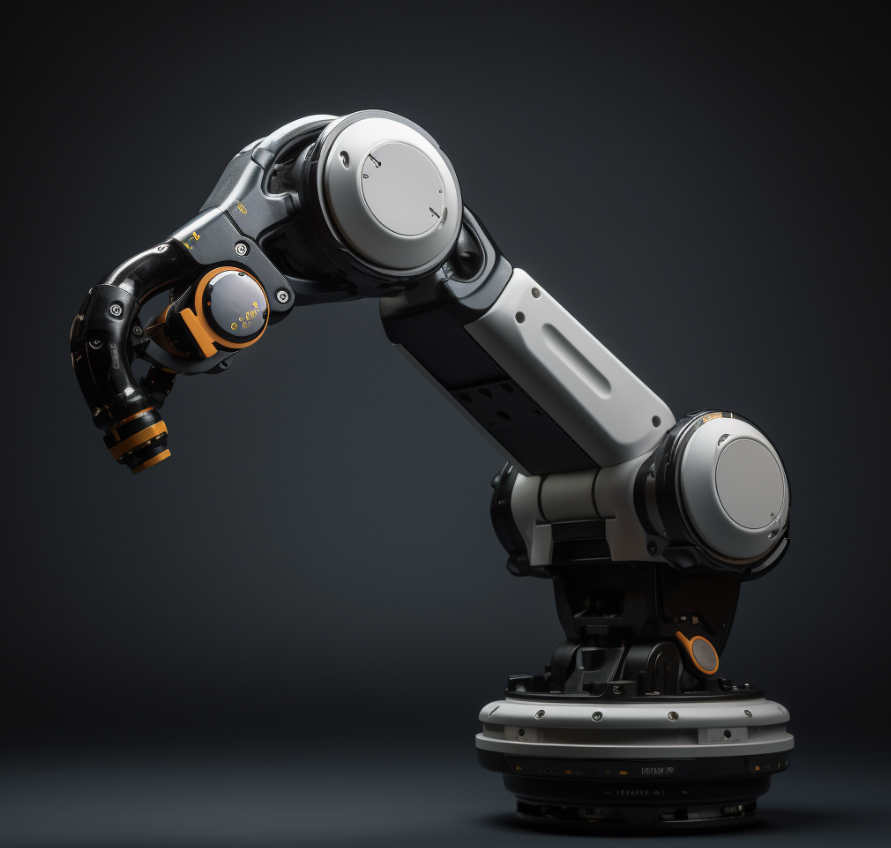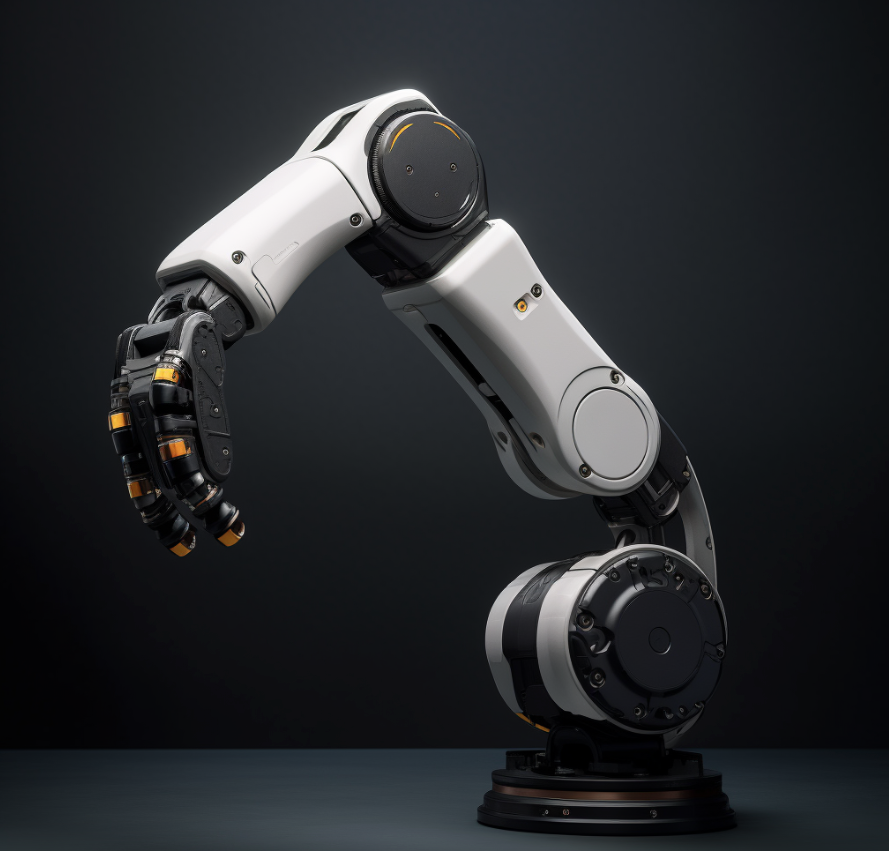

A 2-finger gripper, as the name suggests, uses two fingers or jaws to grab and manipulate objects.
Now, compared to single-finger or multi-finger grippers, a 2-finger gripper offers more dexterity and control. It can pick up a wide range of objects of different shapes, sizes, and materials.
2-finger grippers can be either parallel or angular.
Before you buy, there are several factors you should definitely keep in mind.
They are:
Once you’ve made a purchase and have your new 2-finger robot gripper in your hands, it’s time to plug it into your robot arm.
There are a few things to keep in mind for a smooth integration:
Time to give instructions - Finally, you'll need to program your robot to control the gripper. This involves moving the gripper into position, closing and opening the fingers, and adjusting the gripping force. Then, test the program with light payloads first to make sure things are going smoothly before putting the gripper into production.

There are quite a few 2-finger robot grippers making the rounds. Some are good, some are bad, and some are plain ugly.
So, to save you hours of detective work, we’ve rounded up the best of the best for you.
They are:
This popular gripper from Robotiq can handle payloads up to 5 kg, with a stroke of 0.8 inches (20.3mm) for its two fingers.
It’s an electric gripper, powered by a 24V DC motor with an encoder, and has sensors that provide gripper position feedback.
The gripper body is made of anodized aluminum, while the gripping surface pads are made of urethane for a good, solid grip on objects.
Price: Around $5,000.
Need a 2-finger gripper with suction? This gripper can grab onto a wide range of objects. It has an oval suction cup made of silicone and can generate up to 210 mbar of vacuum. The gripper has a stroke of 0.8 inches, can handle payloads up to 15 kg, and is IP54-rated against dust and water.
It’s powered by 24V DC, with an air pump to generate the vacuum, and has sensors for grip feedback.
Also, the VG10 uses two independently controllable vacuum zones within its single, oval-shaped suction cup. This allows it to create a pinching effect similar to two fingers, enabling it to grab and manipulate objects of various shapes and sizes.
Price: Around $1,320.
This compact and powerful two-finger gripper is built to tackle demanding applications, handling up to 11 kg.
At its core, a single 12-24V DC motor drives a robust mechanical linkage, with smooth and precise jaw movement for controlled gripping. Its textured gripping surfaces minimize slippage.
And, to top off, at a lightweight 0.2 kg, 2FG7 is compatible with a wide variety of robot arms – especially Collaborative robots, maximizing payload capacity and robot performance.
Its user-friendly plug-and-play makes it very easy to integrate with a wide swath of robot arms.
Price: Ranging between $5,800 - $7,300.
At this point, you should have a solid understanding of two-finger robot grippers.
Now, it’s just a matter of finding the right one to suit your application, payload, and the texture of your workpieces.
Most major robot brands offer 2-finger gripper options that will work specifically with their robots. However, some gripper manufacturers like Robotiq and OnRobot make universal grippers that can work with a wide variety of different robot brands, as long as your robot arm has an industry-standard connector like an M4 or M8.
2-finger grippers are typically controlled using your robot's software. Many are "plug and play", meaning you simply plug the gripper into your robot arm and it is automatically detected and ready to program. You can control parameters like grip force, jaw opening/closing speed, and jaw position. Also, some grippers have force sensing capabilities so you can program precise gripping force.
Two-finger grippers can grasp a wide range of parts, as long as they have two roughly parallel or angular surfaces to grip. They work well for picking up sheet metal, plastic, or wooden parts, electronic components like PCBs, injection molded parts, and more. As a general rule, if a human can grasp and lift the part using just their thumb and forefinger, a 2-finger robot gripper should also be able to.
The payload capacity depends on the specific gripper model. Smaller “micro” grippers may only handle a few kilograms, while larger industrial grippers can lift 20 kg or more. In general, a 2-finger gripper can lift between 2-15% of its own weight. Also, make sure you remember the payload is the sum total of the robot arm and the gripper.
Shopping around for a robot arm compatible with a 2-finger gripper for various applications? RO1 from Standard Bots emerges as #1 on that list.
RO1 features universal M8 connectors and seamlessly integrates with OnRobot end-effectors, making it a versatile choice for both large and small machine shops.
Chat with our solutions team today to arrange a complimentary, 30-day trial on-site. Our team is ready to provide comprehensive guidance and advice on implementing your first robot effectively.